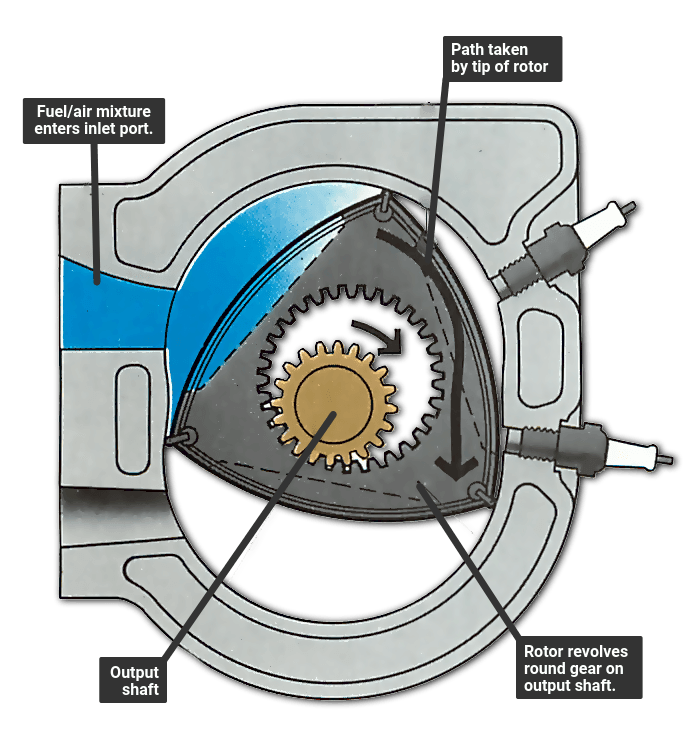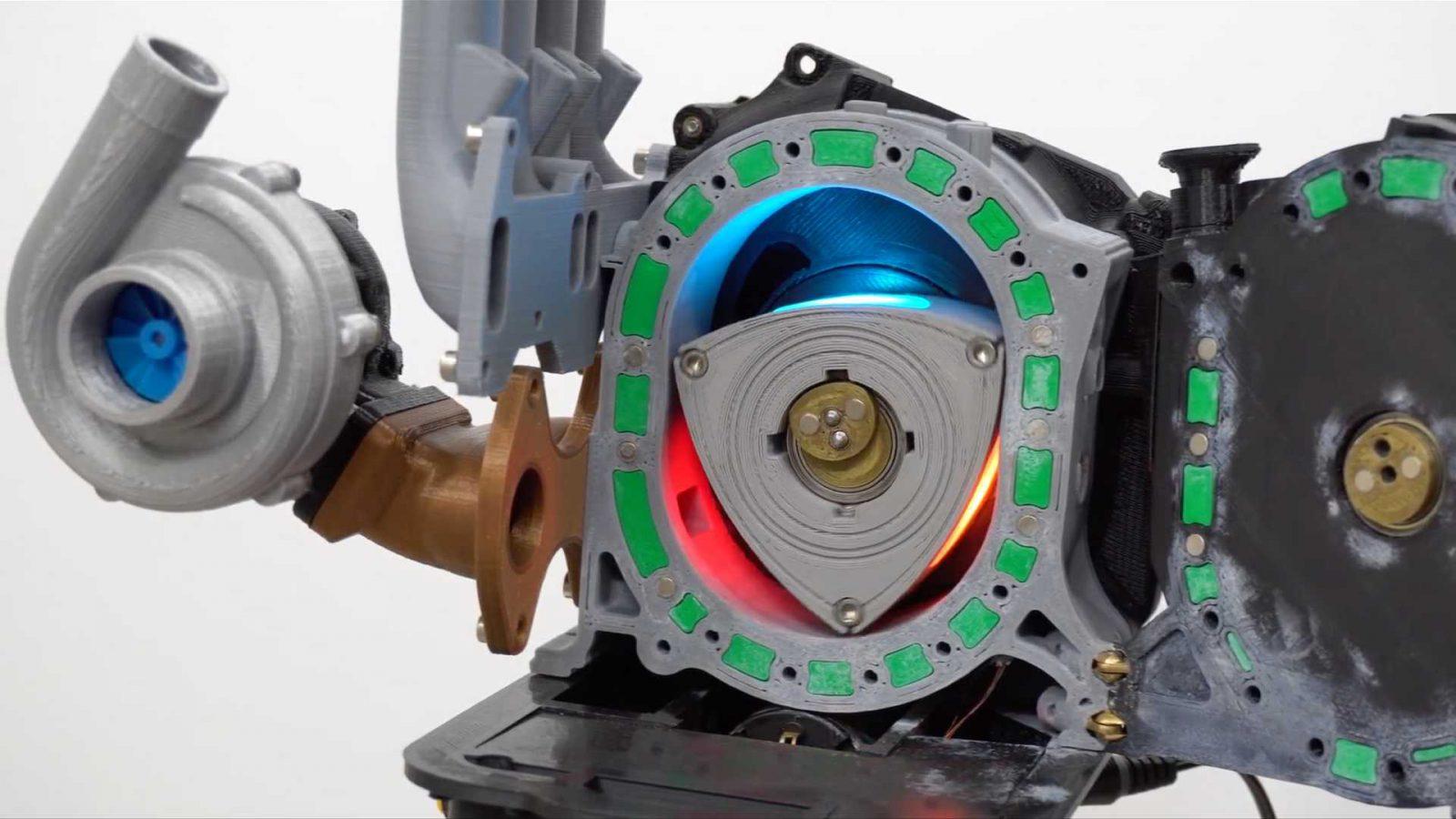A rotary engine, also known as a Wankel engine, is a type of internal combustion engine that uses a rotor instead of pistons to compress the air-fuel mixture in the combustion chamber. The rotor is a triangular-shaped piece that rotates inside an oval-shaped housing.
The main advantage of the rotary engine is its high power-to-weight ratio and compact size, which makes it ideal for use in aircraft and sports cars. It also produces less vibration than a traditional piston engine, which makes it smoother and more refined.
However, there are also some disadvantages to the rotary engine. It tends to consume more fuel than a piston engine, and it can be less efficient at low speeds. It also has a reputation for being less reliable than a traditional engine, although this is largely due to its complex design and the fact that it has fewer moving parts than a piston engine.
Overall, the rotary engine is an interesting and unique alternative to the traditional piston engine, with its own set of advantages and disadvantages. While it is not as widely used as other types of engines, it continues to have a following among enthusiasts and niche markets.
What is advantages of a rotary engine
One of the main advantages of a rotary engine is its compact size and high power-to-weight ratio. Due to its unique design, the rotary engine has a smaller size and weight compared to traditional piston engines of similar power output. This makes it ideal for applications where weight and size are critical factors, such as in sports cars, aircraft, and racing motorcycles.
Another advantage of the rotary engine is its high specific output, which means it can produce more power per unit of displacement compared to a traditional piston engine. This is due to the engine's ability to rotate at very high speeds and its constant combustion process, which allows for more power to be generated from a smaller displacement.
In addition, the rotary engine has a simpler design compared to a traditional piston engine, with fewer moving parts and a smaller number of components. This results in lower maintenance and repair costs over time.
Lastly, the rotary engine has fewer vibrations and less noise compared to traditional piston engines, making it smoother and more refined in operation. This results in a more comfortable ride for passengers and less stress on the vehicle's components.









Leave a Comment